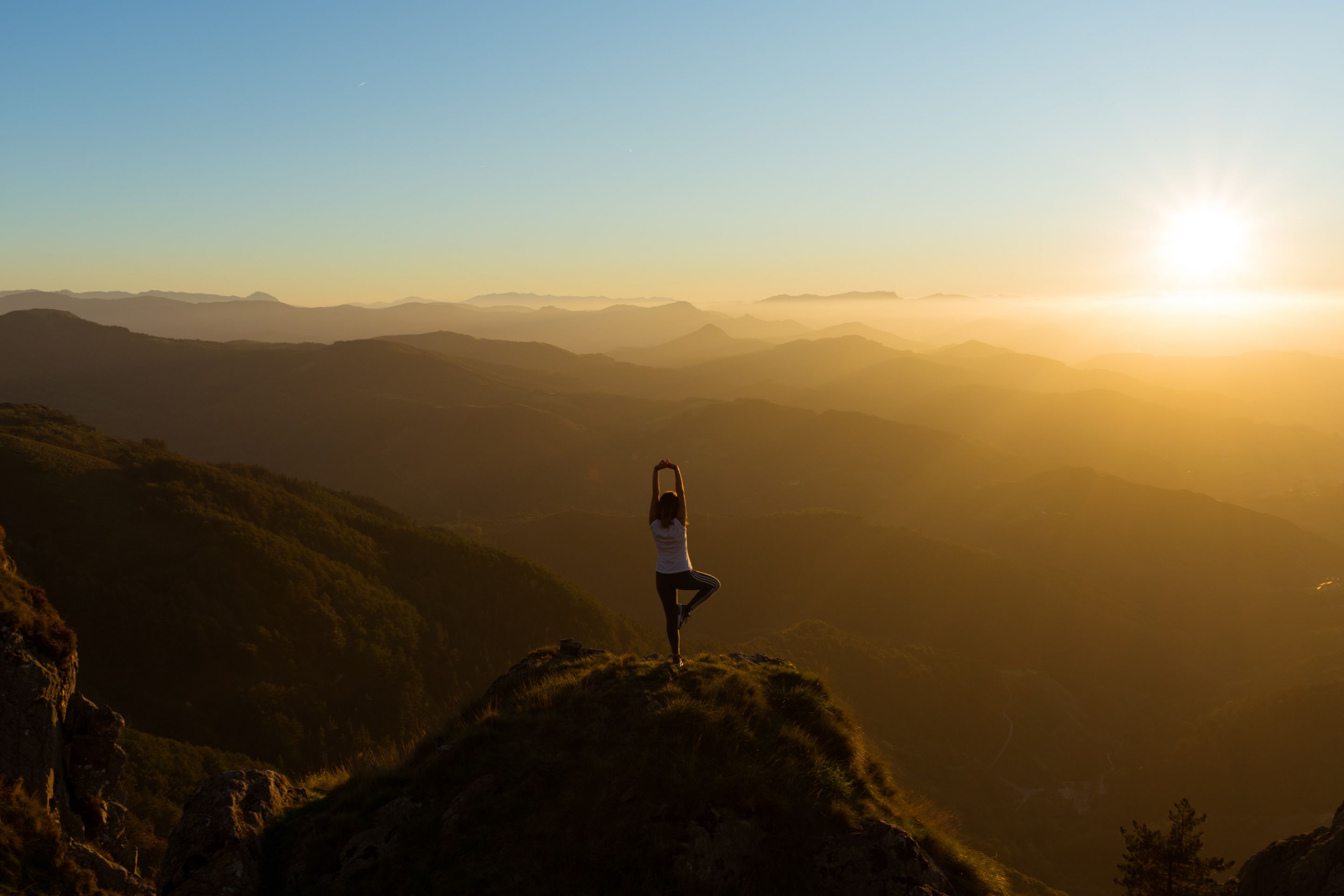8 steps for practicing holistic yoga
Jun 21, 2020 — Dr. Ananya Awasthi
Understanding of Yoga in popular culture is often limited to the practice of postures (or “asanas”), as an addition to work-out regimes. But there's a lot more to yoga than just exercise.
Yoga comes from the Sanskrit word- “yuj” which shares the same root word as “Yoke” in Latin - both meaning “union”. In the context of positive health and wellbeing, this union relates to the coming together of mind, body and energy.
But how do we achieve this union? Patanjali, the first Sanskrit scholar who laid the theoretical foundations of Yoga, clarifies that this union can be achieved through increased awareness of self, focused attention and regulation of your mind, which in scientific circles we now understand as mindfulness.
On International Yoga Day, it would be worthwhile to understand the 8-step process for Holistic Yoga as outlined by Patanjali; and how we can apply this framework to our modern lives.
1. Yama (abstinence)
The first step puts the spotlight on the moral and ethical construct of the individual. It inspires us to practice the basic behavioural principles of non-violence, truthfulness, non-stealing, fidelity and abstinence from greed.
2. Niyama (discipline)
Next comes the importance of having a regular schedule or routine in life. This is particularly relevant to how we spend our time at home, given the various states of lockdown that we are all living in due to the Coronavirus pandemic. Under this framework, discipline is explained as practicing the following: self-reflection, contentment, perseverance, contemplation and body hygiene.
3. Asana (postures)
This forms the most popular aspect of Yoga, which is taught as body postures and physical exercises by various Yoga studios and YouTube channels, across the world. An overlooked aspect in the practice of modern Yoga is that asanas were originally described as those which are “steady and comfortable”. In our enthusiasm for trying out new and complex postures, we tend to neglect this foundational understanding of Yogic exercises.
4. Pranayama (breathing)
Research has shown that "Mindful Breathing" or Pranayam, as we know it in Yoga, has a positive effect on the autonomic nervous system that oversees the ability to regulate emotions and manage stress. Just as how emotions can influence the rate, depth and pattern of breathing, similarly conscious and deep breathing can decrease anxiety and reactivity, leading to greater composure and improved attention span.
5. Pratyahara (control of senses)
This step represents an important transition from perfecting our external body and world, like having a daily routine, body hygiene, physical postures or breathing exercises; to the inner realm of mindfulness and self-awareness. Hence, an important connector outlined at this step, is the control of our 5 senses. A practical application of the same would be the regulation of our diets, minimization of processed or comfort foods, and abstaining from alcohol or tobacco use.
6. Dharana (concentration)
Once we have developed a sense of control over our body, the next step outlined in this process is the practice of concentration. In scientific literature, there are numerous references to “Focused Attention”, and how that’s the first step in practicing higher states of meditation. This is very similar to what has been outlined in this framework - the practice of fixing your mind to an object of choice. This could mean paying 100% attention on your breathing, a mantra, visualizing the flame of an earthen lamp or a candle or even a secular concept or idea like the oneness of the world .
7. Dhyana (meditation)
The seventh and the most important step is meditation or reflection on whatever is the object of your attention. In the religious tradition, it could be the reverence of the deity whereas in the secular tradition, meditation can be the non-judgemental observation of self or the concept or idea that your mind is fixed on. Meditation is aimed at achieving a “continuous stream of thought and knowledge”, uninterrupted by any external cause of distraction or discomfort.
8. Samadhi (absorption)
Samadhi or self-realization is the final meditative-spiritual state where all the prior steps culminate into a higher awareness of non dualism between the self and the outside world. This state of transcendence helps us to go beyond the limitations of ego and self; into the realm of collective consciousness, where we become one with the object of our meditation.
Dr. Ananya Awasthi, is a Graduate in Global Health from the Harvard School of Public Health and currently works for its India Research Center. Views expressed are personal. She can be reached at [email protected])